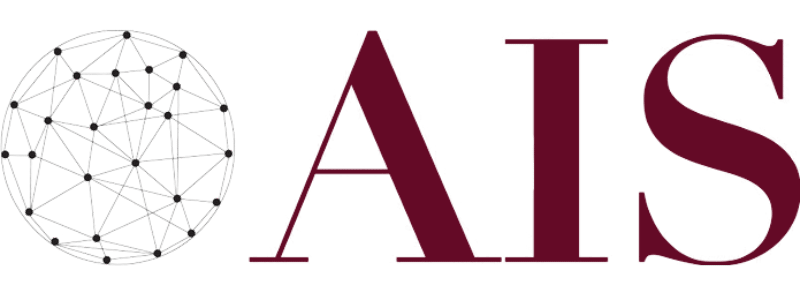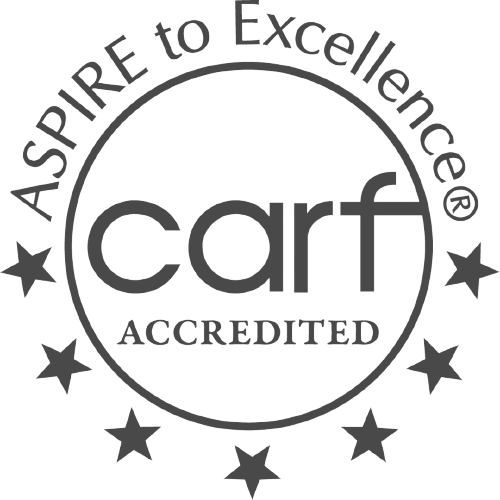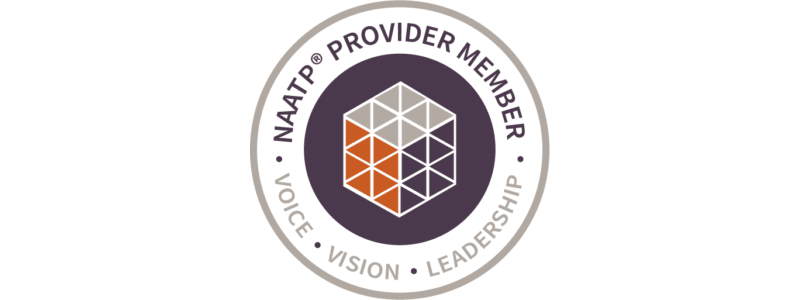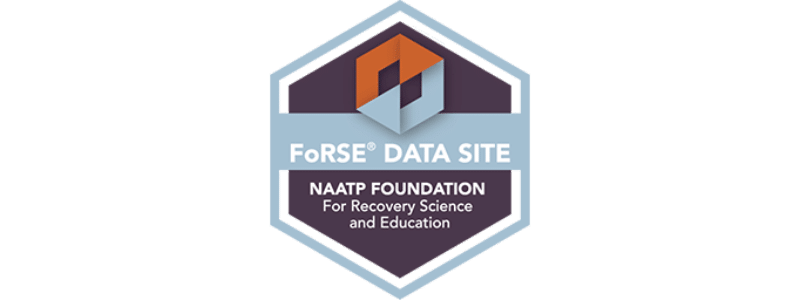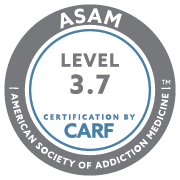 It’s been a stressful week at work, and you binge drink to ward off the restlessness…alone. Something is off. Drug-induced stroke symptoms leave your face slumped and you’ve lost the ability to speak. Experiencing a stroke can leave you in a devastating state.
It’s been a stressful week at work, and you binge drink to ward off the restlessness…alone. Something is off. Drug-induced stroke symptoms leave your face slumped and you’ve lost the ability to speak. Experiencing a stroke can leave you in a devastating state.
If you have a stroke, you must receive immediate care. These factors can influence the likelihood of stroke:
- Your age
- Your ethnicity
- Your sex
- Smoking/alcohol
- Lack of exercise
According to the Centers for Disease Control and Prevention, stroke kills nearly 150,000 of the 860,000 Americans who die of cardiovascular disease each year — that’s 1 in every 19 deaths from all causes. A disturbing fact about strokes is that about 80% of strokes are preventable. Strokes can affect anyone at any age. Experiencing one stroke increases the risk of experiencing another one.
What Is A Stroke?
A stroke can be characterized as a disease that affects the arteries leading into the brain. In fact, strokes are the No. 5 leading cause of death and the leading cause of disability in the United States. A stroke can occur when a blood vessel carrying oxygen and nutrients into the brain either ruptures or is blocked by a clot. When oxygen doesn’t reach the brain, that’s when cells begin to die.
There are two types of strokes:
- Ischemic stroke – clot obstructing the flow of blood to the brain
- Hemorrhagic stroke – when a blood vessel ruptures and prevents blood flow to the brain
- Transient ischemic stroke – caused by a temporary clot
- Cryptogenic stroke – where the cause of stroke can’t be determined
- Brain-stem stroke – can affect both sides of the brain, leaving the person in a locked-in state
A silent stroke can be described as an undetected stroke. This happens when a blood vessel blockage in the brain causes cells to die, but no warning signs or symptoms are obvious. Experts estimate that 10 silent strokes occur for every stroke with detectable symptoms.
If you’ve experienced a stroke, there are five main types of disabilities that your stroke can cause:
- Paralysis or problems controlling movements, such as balance or swallowing
- Sensory (ability to feel touch, pain, temperature, or position) disturbances
- Difficulty using or understanding language
- Issues with thinking and memory
- Emotional disturbances
How Are Strokes Diagnosed?
If you’ve suffered a stroke, medical professionals will check the following to determine the certainty:
- Medical history
- Physical and neurological examinations
- Laboratory (blood) tests
- CT or MRI scans
- Other diagnostic tests that might be needed
How Can I Spot A Stroke?
Spotting a stroke requires a specific eye. Considering the intensity of a potential stroke, look for these signs to potentially save a loved one. The FAST method has been recognized as a tool to spot a stroke.
FAST Method
F. Face Drooping
A. Arm Weakness
S. Speech Difficulty
T. Time to Call 911
- Numbness or weakness of the face, arm, or leg, especially on one side
- Confusion or trouble speaking
- Difficulty with sight
- Difficulty with walking or loss of balance
- Severe headache
Men and women experience similar symptoms of strokes, however, women can also experience:
- General weakness
- Disorientation and confusion or memory problems
- Fatigue, nausea, or vomiting
Can Drugs Cause a Stroke?
Certain drugs and alcohol can increase your risk of having a stroke. Substance use disorders can present long-term health complications. Individuals in recovery often use substances to cover their physical, emotional, or mental pain.
Polydrug use is a common element in substance abuse. Polydrug drug use, such as pairing a stimulant with a depressant, can introduce health issues. The central nervous system is responsible for communicating messages throughout the body.
Alcohol
Alcohol is a central nervous system depressant, meaning that it slows down the responses in the body. An alcohol use disorder can increase your chances of having a hemorrhagic stroke. High blood pressure and blood clotting can contribute to the risks of stroke.
Alcohol can affect the processing of the liver, which affects blood clotting. The liver is responsible for producing proteins to prevent sudden bleeding. If the liver can’t produce these vital proteins, excessive bleeding can occur – most notably in the brain.
Nicotine
Tobacco can increase the risk of developing heart disease. It can also affect your blood pressure by increasing it. High blood pressure can lead to a hemorrhagic stroke, especially in older adults who are at an increased risk. Plus, both smoking and secondhand smoke can contribute to chronic lung issues that can cause pulmonary hypertension or high blood pressure in the lungs which can also raise the risks of having a stroke.
Cocaine
Cocaine is a central nervous system stimulant. Cocaine can cause a sudden stroke during or shortly after use. If you’ve used cocaine for the long term, your chances of developing cerebrovascular disease increase. This is dangerous for those who would be classified as young and healthy.
Cocaine can drastically increase blood pressure and cause bleeding in the brain. Cocaine can cause a narrowing or spasm of blood vessels. Cocaine through injections can increase the risk of infections of the heart valves.
Heroin
Heroin is an opiate that acts as a central nervous system depressant. Intravenous heroin can increase the risk of endocarditis, which is a bacterial infection of the heart. The bacteria can leave the heart and travel to the brain, initiating a stroke.
Additionally, a heroin overdose can cause you to have shallow breathing, preventing necessary oxygen from reaching the brain. If you’ve experienced low oxygen for an extended period of time, you can suffer from irreparable oxygen deprivation to the brain.
Amphetamines
Amphetamines are a stimulant with a volatile response in the body. Amphetamines, such as methamphetamine, can cause a sudden spike in high blood pressure. Long-term use of methamphetamine increases stroke risk by causing abnormal functioning in the blood vessels of the brain while harming the rest of the body.
Short-term use of methamphetamine could result in a sudden stroke during or after use, largely as a result of sudden changes in blood pressure and heart function induced by methamphetamine in the body.
What Are Treatment Options for Addiction to Prevent a Stroke?
Stroke caused by drugs can present a slew of bills and treatment for the challenges. The continuum of care is crafted to help those in recovery through various stages. Implementing a mixture of medications and behavioral therapies has been the staple for evidence-based care.
There is no single cure for substance abuse, but a variety of solutions to suit your needs. Recovery is a life-long marathon. You’ll need to embrace your inner strength, met with a wonderful support system to get you to your goals. The type of care you receive is determined by the severity of your substance use disorder.There are many different types of rehab facilities, so it is important to find the one that best suits your needs.
Counseling can support you throughout all stages of recovery. There are many different therapies to choose from based on your needs, likes, and dislikes. It can be used in conjunction with prescription medication or can be the only treatment used in moderation-based therapy programs.
Detox
Detox for drug and alcohol addiction can cause a number of symptoms, including cravings and withdrawals. You can start your recovery process with an overnight stay or you can check into a detox center for treatment. A medically supervised program can help ease your symptoms and can boost your chances of success.
Prescription medications can be beneficial for treating specific addictions such as opioids, tobacco, alcohol, cocaine, and others. Using these treatments along with other types of counseling can improve your chance of success in recovery. For some individuals whose abuse is out of control and who experience withdrawal symptoms, detoxing alone may not be enough.
Residential Treatment
Inpatient care can be helpful to those who have been abusing substances for many years. Inpatient rehab centers employ evidence-based therapies that can help you quit drugs. Some common therapies include cognitive behavioral therapy, group and individual counseling, 12-Step programs, relapse prevention training, and extended care options such as sober living facilities. Withdrawal management is also part of the inpatient treatment program at some addiction clinics while others can handle it on a case-by-case basis.
Partial Hospitalization Program
PHP can help those who have been abusing substances for some time, but do not need inpatient care. Partial hospitalization programs are recognized as “day programs”. Partial hospitalization programs offer a comprehensive and structured day treatment program that includes medication management, individual therapy, counseling groups and family therapy.
Outpatient Treatment
Outpatient treatment can be beneficial for those who have less severe addictions, who can’t take time away from work or family responsibilities or who live far from an inpatient facility. Outpatient treatment can include individual and group counseling, therapy, relapse prevention training and 12-Step programs.
Drugs can cause a stroke to occur by damaging blood vessels in the brain or by increasing the risk of a blood clot. Some of the most common drugs that can lead to a stroke are cocaine, amphetamines and methamphetamine.
There are also certain prescription medications that can increase the risk of stroke, such as birth control pills, blood pressure medications and pain relievers such as ibuprofen and naproxen.
IOP can be beneficial to those who are unable to take time away from work or family responsibilities to attend an inpatient or PHP program. IOP can be beneficial to those who are unable to take time away from work or family.
IOP offers group and individual counseling, relapse prevention education and 12-Step program participation three days a week for three hours each day. Drugs can cause a stroke to occur by affecting the blood flow in the brain.
Dual Diagnosis Treatment
Dual diagnosis treatment is important for those who are struggling with both a mental health disorder and addiction. Many people do not realize that drug addiction is a mental health disorder. The National Institute on Drug Abuse (NIDA) reports that addiction is a brain disease that causes compulsive drug seeking and use, despite harmful consequences.
Some of the most common drugs that can cause a stroke are cocaine, methamphetamine and alcohol. These drugs can cause blood vessels in the brain to shrink or burst. There are also certain prescription medications that can increase the risk of stroke, such as birth control pills, blood pressure medications and pain relievers such as ibuprofen and naproxen.
Aftercare
When a person suffers a stroke, it is important that they receive appropriate medical care. This may include rehabilitative therapy to help them regain lost function or speech therapy to help them communicate.
It is also important for the person to receive support from family and friends. Stroke can be a devastating event, and the person may need help adjusting to their new life. The best way to prevent a drug-induced stroke is to avoid using drugs altogether. If you are seeking guidance after treatment, you can contact a rehabilitation center.
Support groups can be a welcoming place for people affected by stroke. The Stroke Association is a charity that can provide support to both the person who has had a stroke and their loved ones. A drug-induced stroke can be caused by many different types of drugs, including prescription medications, over-the-counter medications, and illegal drugs.
A relapse prevention plan can help you stay on track with your sobriety. If you are struggling with substance abuse, seek professional help right away. Drug-induced strokes can have a significant impact on the person’s life and can result in long-term disability and the person may need help adjusting to their new life.
New Directions Aims To Educate Those In Recovery
Substance abuse trends have been on the rise. This requires an equal effort to combat the disease of addiction. Treatment options are available to recovering individuals in California. New Directions for Women encourage a path for recovery. Your determination met with our resources can craft a new beginning for your health. Drug-induced stroke symptoms can be frightening to witness. If you or a loved one are struggling with addiction, reach out to us today.
References:
https://www.stroke.org/en/about-stroke
https://www.cdc.gov/stroke/types_of_stroke.htm
https://www.cdc.gov/stroke/facts_stroke.htm
https://www.hopkinsmedicine.org/health/conditions-and-diseases/stroke/rehabilitation-for-stroke




